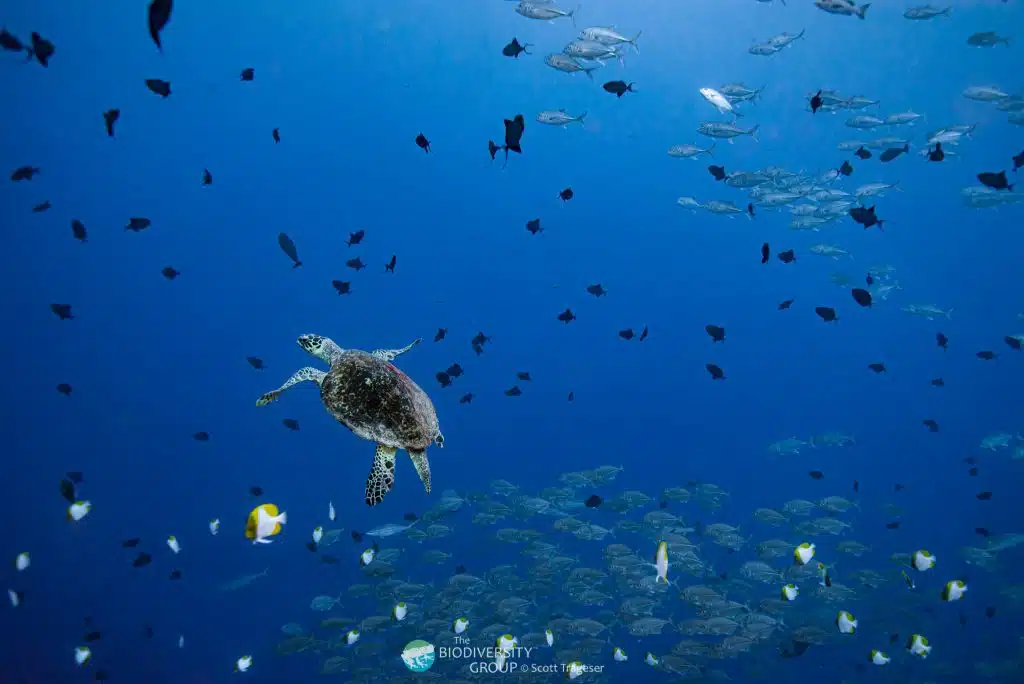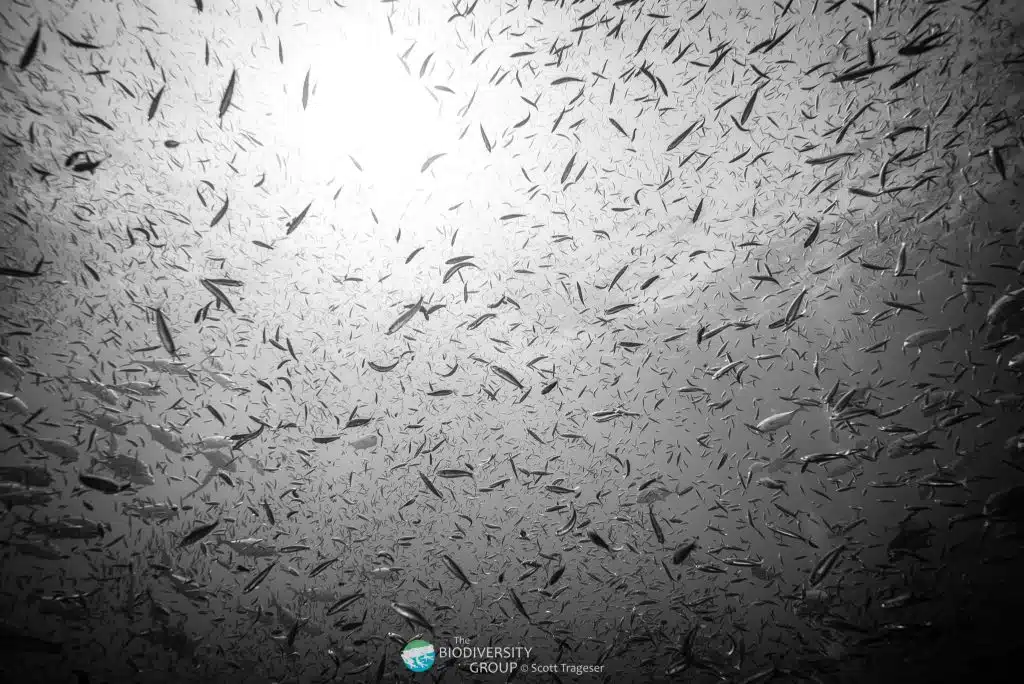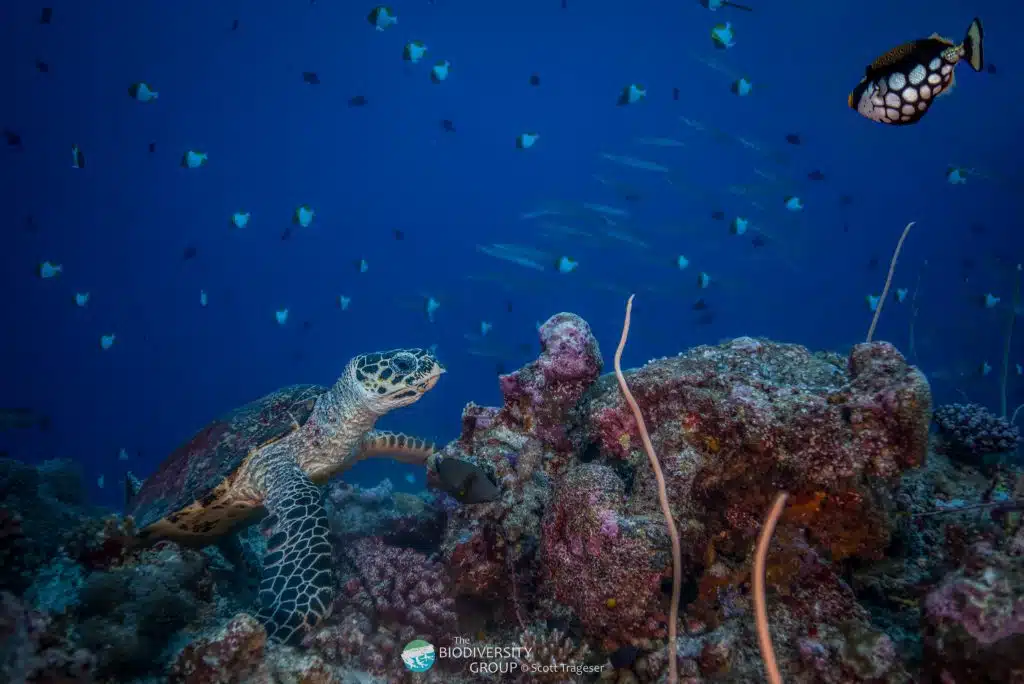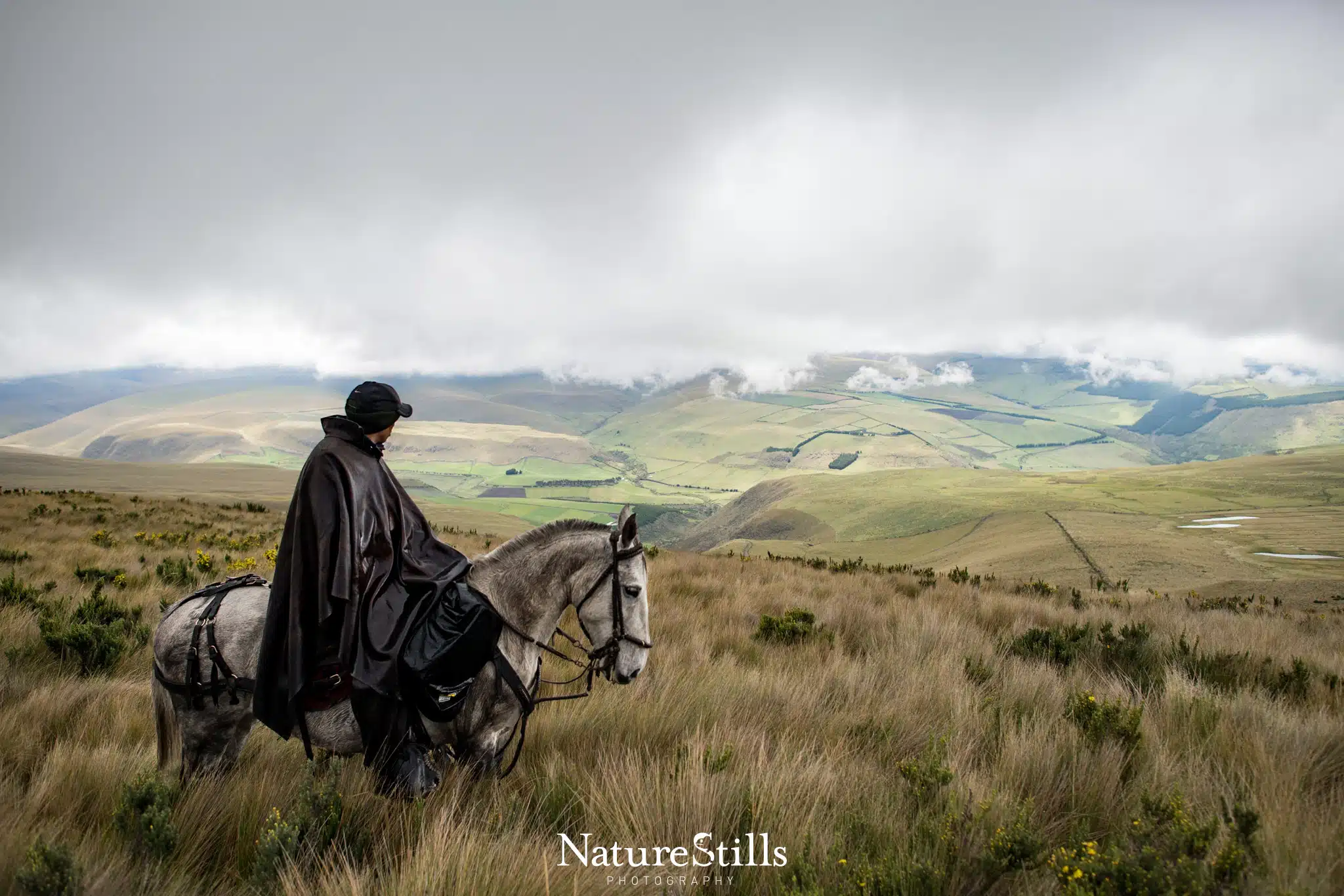Authored by Scott Trageser Conservationists have lofty goals of protecting large swaths of wild spaces.…

3.
Piracy at the High Seas Treaty
Authored by Scott Trageser
“Follow the money” – a phrase from the 1976 film All the President’s Men – is a useful way to uncover true intentions, so let’s follow the money to find out if the High Seas Treaty is actually low key piracy.
This past Saturday evening (March 4th) in New York, 200 countries agreed to formally adopt and ratify the High Seas Treaty which establishes a legal framework to protect 30% of the world’s oceans. In short, the high seas are international waters 200 nautical miles off a coastline which have no comprehensive protections for marine life. People have referred to them as the world’s last true wilderness. You can read more basic information about the High Seas Treaty here:

It is important to note that a main point of the treaty is to enable “arrangements for sharing marine genetic resources, such as biological material from plants and animals in the ocean” and to create “requirements for environmental assessments for deep sea activities like mining.” There is a global race right now to secure rare earth minerals in the deep sea for advanced technologies and to extract deep sea fossil fuels. Countries are also vying to harness the ocean’s “genetic resources” – wildlife products that are used in pharmaceuticals to cure diseases and create beauty products.
Coinciding with the High Seas Treaty, on March 2-3 the Our Oceans conference in Panama provided a platform for international delegates to pledge funding to “protect the high seas.” At first glance it appears to be successful with having secured a total of $20 billion USD, with the USA contributing $6 billion. This is being heralded as a massive win for the oceans and specifically for the Kunming-Montreal global biodiversity framework goal of protecting 30% of our oceans and lands by 2030. You can read more about CoP15 and the Kunming-Montreal deal here:
A quick quibble - this Our Oceans conference was requiring $4,500 from organizations to RENT a TV display to showcase their conservation efforts to the delegates. $4,500 for most conservation nonprofits in Panama would amount to one or more months of core funding…or 2 days of renting a display stand. This speaks volumes to me about their true intention. Anyhow…
Only 1.2% of the high seas are protected and about 10% of the total ocean is “protected” but most of that is protected only on paper with no real enforcement, and thus termed “paper parks.” If we’re going to protect 30% of our oceans in the next 5 years(!) when only 10% has been protected in the past 100, selecting the areas furthest from shore makes a lot of sense, though it isn’t the most impactful strategy if we value the # of species being protected. Aside from that, the main goal seems to be–how can countries “protect” the oceans while still exploiting them as much as physically and socially allowed? Let’s follow the money to learn more!

Of the 6 billion pledged by the USA “some $2.6 billion will be spent from Washington’s Inflation Reduction Act to develop lasting climate resiliency for marine resources and coastal communities, another $665 million has been assigned for sustainable fishing, more than $200 million to fund programs combating pollution, $73 million for blue economy programs, $72 million to maritime security and $11 million for protected areas.” I do commend them for their apparent commitments to climate resiliency, combating pollution, and combating “illegal, unreported and unregulated” (IUU) fishing, those are sorely needed. But don’t get distracted from the fact that they are tripling the size of the “protected” areas while only dedicating a paltry $11 million to them while spending $665 million for fisheries and $72 million on maritime security to protect the extractive activities.
If the USA is spending nearly 70x more to harvest wildlife than they are on protecting said wildlife, who are they actually protecting? It’s abundantly clear that their intention is not real protection but rather to divvy up exploitation rights to the fisheries and deep-sea resources. Hell, they’re spending $49 million on submarines to assist in deep sea mining exploration, which is over 4X what they are spending on protecting 28 million square miles of ocean. You can find a breakdown of funding commitments here:

It would be naïve to think that humans could truly set aside 30% of the earth (30 by 30 initiative) for over 99.99999% of the species and take ONLY 70% of the earth for the one other species – Homo sapiens. Instead, we will actively exploit these fish stocks in the “protected areas” which will continue to displace the roles natural predators used to play, and never allow the fisheries stocks to recover to the glory they once were decades or centuries ago. Maybe we are destined to forever restrict the bounty of the ocean to less than a third of what we could be enjoying and truly protecting, but I hope not.
Is this High Seas Treaty going to create protected marine areas or are these countries simply using our language against us to disguise their true intention of fully exploiting the “world’s last true wilderness”? Let me know your take is in the comments below!


This Post Has 0 Comments